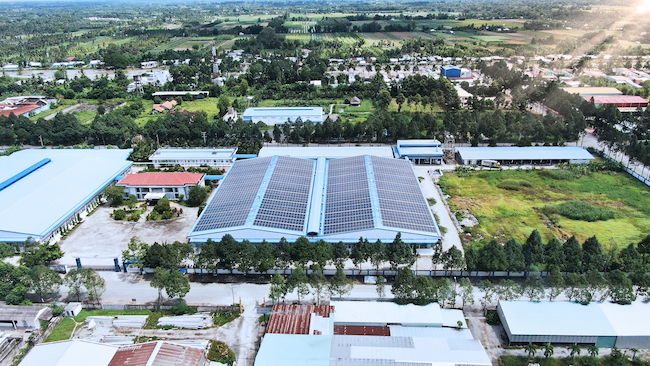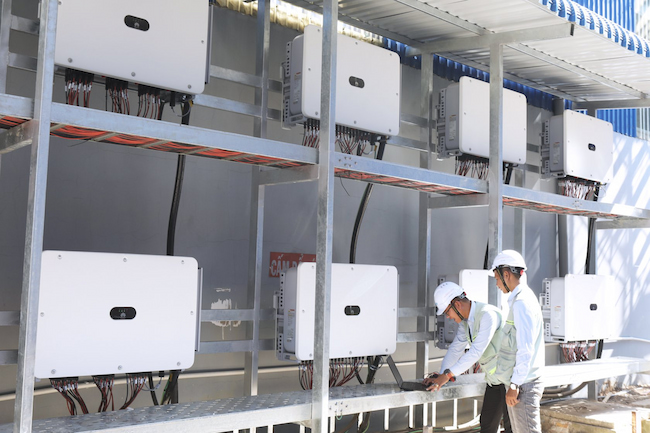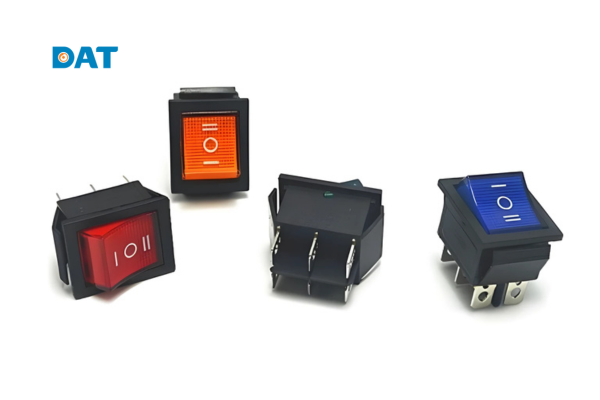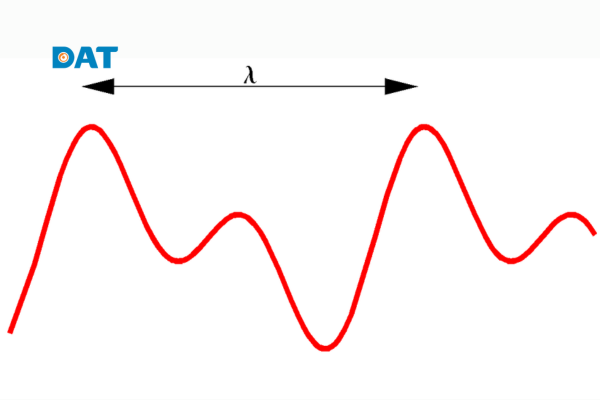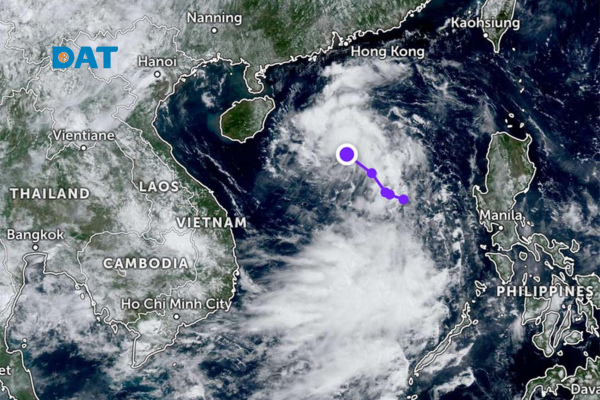Phương pháp thiết kế hệ thống điện mặt trời mái nhà
Là chủ đầu tư, là người đã và đang có dự định lắp đặt hệ thống điện mặt trời, chắc hẳn chúng ta sẽ cần tìm hiểu rất nhiều thông tin về các tiêu chuẩn, tiêu chí lựa chọn sản phẩm phù hợp đối với từng dự án cụ thể.
Là một kỹ sư thiết kế, là đơn vị tư vấn cho chủ đầu tư khi tiến hành lên bản thiết kế hay bóc tách vật tư cho hệ thống, người kỹ sư cũng phải nắm rõ các tiêu chuẩn thiết kế, hiểu rõ các công cụ hỗ trợ, biết được các bước thiết kế cũng như các yêu cầu về kỹ thuật mới nhất trên thị trường.
Hãy xem ngay bài viết sau đây để hiểu rõ hơn về phương pháp thiết kế hệ thống điện mặt trời hoàn chỉnh bao gồm các tiêu chuẩn mới nhất, giới thiệu về các phần mềm thông dụng, cách lựa chọn các sản phẩm tối ưu cũng như cách bố trí hệ thống hiệu quả.
1. Cơ sở thiết kế:
Để thiết kế một dự án điện mặt trời, trước tiên cần có những nền tảng cơ bản bao gồm hệ thống tiêu chuẩn và các công cụ, phần mềm hỗ trợ.
Đầu tiên cần phải quan tâm đến tiêu chuẩn trong việc lựa chọn thiết bị điện mặt trời bao gồm các sản phẩm chính như: tấm pin, bộ chuyển đổi inverter, các thiết bị dây dẫn, thiết bị đóng cắt và bảo vệ… Ngoài ra, còn có các tiêu chuẩn về thiết kế hệ thống điện như: tiêu chuẩn về hệ thống điện năng lượng măt trời, tiêu chuẩn về cách bố trí máng cáp, dây dẫn, lựa chọn thiết bị đóng cắt, hay tiêu chuẩn về hệ thống chống sét trực tiếp hay lan truyền. Và đặc biệt nhất, hệ thống cần đảm bảo các quy định về phòng cháy chữa cháy vốn rất “hot” trong thời gian gần đây.
Về phần mềm hỗ trợ, DAT Solar đang tin chọn và sử dụng nhiều nhất các phần mềm PVsyst, PVsol, Sketchup, Pipe Flow Expert… Các phần mềm này đều được DAT Solar trang bị bản quyền nhằm cập nhập nhanh chóng các dữ liệu mới nhất. Đặc biệt là phần mềm PVsyst, đây là phần mềm quan trọng giúp cho chúng ta có thể mô phỏng được sản lượng hệ thống, hỗ trợ trong các bài toán kinh tế hoặc để cam kết sản lượng cho hệ thống.
2. Phương pháp thiết kế
Quy trình thiết kế nên một hệ thống điện mặt trời đúng tiêu chuẩn gồm có 3 bước chính:
a. Lựa chọn thiết bị
Để lựa chọn được thiết bị tốt và phù hợp, nếu bỏ qua phần giá sẽ cần dựa trên các tiêu chuẩn về thiết bị, tiêu chuẩn thiết kế như đã giới thiệu trong phần mở đầu.
Ngoài ra, việc lựa chọn thiết bị phải đúng với nhu cầu thực tế dự án, dựa vào các thông số kỹ thuật sản phẩm chọn ra và phối hợp sử dụng các sản phẩm tối ưu nhất. Ví dụ, một số dự án đặc thù yêu cầu cấp độ bảo vệ cao, chống ăn mòn bởi muối, amoniac hay khả năng chống gió bão cho giàn pin thì cần lựa chọn các sản phẩm inverter có IP phù hợp để đảm bảo hệ thống vận hành ổn định, hiệu quả và có tuổi thọ cao.
b. Bố trí thiết bị
Khi bố trí thiết bị, chúng ta cần quan tâm đến hướng dẫn sử dụng của sản phẩm và các tiêu chuẩn về thiết kế bố trí lắp đặt (trong đó, đặc biệt cần quan tâm đến tiêu chuẩn về phòng cháy chữa cháy).
Đối với tấm pin, việc bố trí cần đảm bảo làm sao hạn chế ảnh hưởng thấp nhất hiện tượng che bóng, đảm bảo công tác vận hành và bảo dưỡng sau này.
Quý Khách hàng, Quý Đối tác có thể xem thêm về yêu cầu của việc bố trí lắp đặt inverter trong hướng dẫn sử dụng sản phẩm.
c. Tính toán mô phỏng
Đây là công việc rất quan trọng trong quá trình thiết kế điện mặt trời áp mái, đặc biệt là đối với các dự án yêu cầu cam kết sản lượng đầu ra, thông thường là cam kết trong năm đầu tiên. Do đó, lựa chọn đúng phần mềm hỗ trợ, cập nhập dữ liệu thời tiết mới nhất cũng như điều chỉnh các con số dữ liệu đúng với thực tế là rất quan trọng cho việc hoàn tất dự án sau này.
Và đó là những điều bạn cần nắm rõ trong quá trình lựa chọn cũng như thiết kế hệ thống điện năng lượng măt trời. Để biết thêm chi tiết, Quý Khách hàng, Quý Đối tác có thể xem thêm thông tin tại đây.
Điện mặt trời – lưu trữ điện rất phát triển trong vài năm trở lại đây tại Việt Nam, thực sự khẳng định được giá trị về khả năng ứng dụng thực tế trong hoạt động sản xuất kinh doanh, tiết kiệm điện và bảo vệ môi trường. Một hệ thống có thể được sử dụng trong 20 – 30 năm, vì vậy không nên lựa chọn thiết bị chỉ dựa vào yếu tố giá thành mà chủ đầu tư nên cân nhắc kỹ các yếu tố để tối ưu hiệu quả đầu tư và an toàn trong quá trình sử dụng. Ngoài ra, không chỉ thiết kế mà quá trình thi công và vận hành lâu dài cũng là điều mà chúng ta cần quan tâm. Nên chọn nhà thầu EPC, cung cấp lắp đặt có đủ năng lực, uy tín và kinh nghiệm. Cùng với đó là sự lựa chọn thiết bị chuẩn mực chất lượng, đã được sử dụng phổ biến trên thế giới và tại Việt Nam.
Trên đây là một vài chia sẻ kinh nghiệm thực tiễn của DAT Solar, các nội dung trên được đúc kết từ hơn 12 năm kinh nghiệm trong lĩnh vực điện mặt trời – lưu trữ điện, đã cung cấp, triển khai hơn 10.000 hệ thống với tổng trên 800MWp. Hi vọng Quý Khách hàng, Quý Đối tác sẽ có thêm nhiều thông tin hữu ích để quyết định đầu tư điện mặt trời hiệu quả hơn trong tương lai.
Để được tư vấn thêm về phương pháp thiết kế hệ thống và lựa chọn thiết bị điện mặt trời chất lượng, vui lòng liên hệ DAT Solar qua số Hotline 1800 6567 (miễn phí cước) để được hỗ trợ 24/7. Chúng tôi sẵn sàng đồng hành toàn diện cùng Quý Khách hàng, Quý Đối tác ngay hôm nay!



